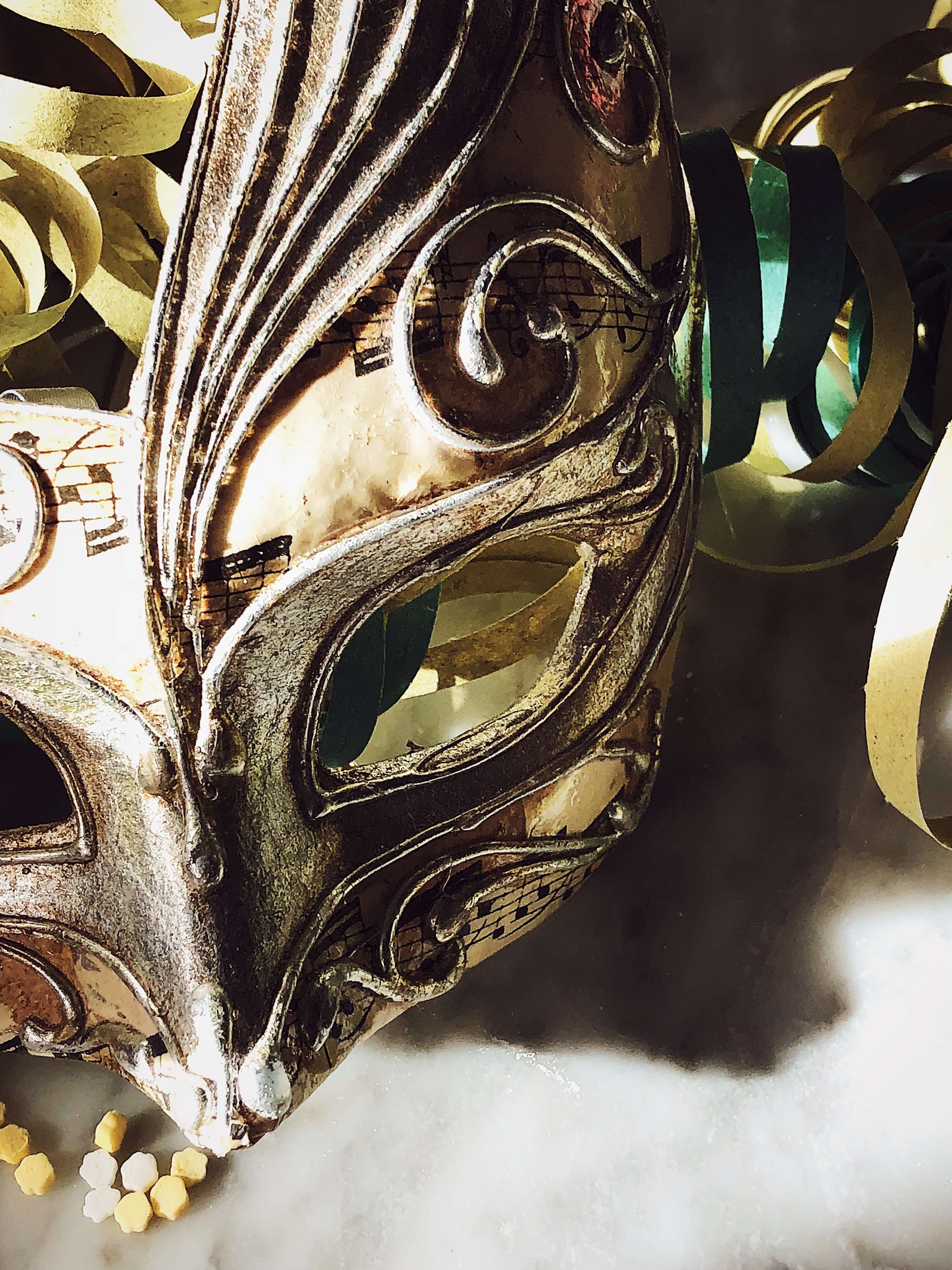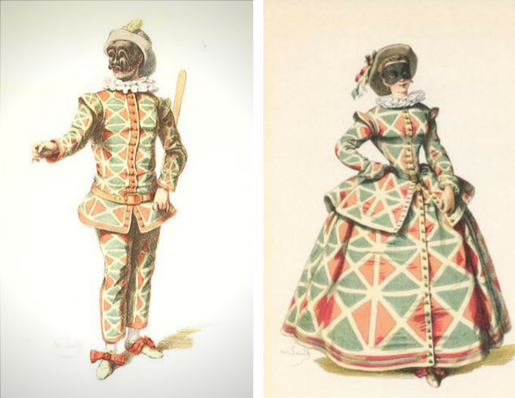Let me talk to you a bit about Carnival in Rome: traditions and actuality. From dates to food, to masks!
As soon as Christmas euphoria is over, the streets of Rome become colorful Macchiaioli style canvases. When Coriandoli (confetti) and Stelle Filanti (streamers) are everywhere, it means a group of pirates, robots, wonder women, and princesses has passed by, and Carnival in Rome has begun.


WHEN IS CARNIVAL IN ROME
Each year, when I see the first traces of Carnival fun, I check the web: the dates change yearly. The official starting day is Giovedì Grasso (Fat Thursday). The ending is Martedì Grasso (Fat Tuesday): the last Tuesday before Ash Wednesday.
But you see the first Coriandoli since the last weeks of January. I guess moms need to focus their children’s energies on something else as soon as Christmas is over. So, early February, and you can stumble in knights, clowns, fairies, and Harlequins. Plus, I must admit, we start eating Carnival treats as soon as they appear in the bakeries’ windows, more or less when the children begin to scatter the paper discs.
ROME’S CARNIVAL TREATS
In Rome, the main Carnival pastries are frappe (called Chiacchiere in other parts of Italy) and Castagnole.
- Chiacchiere (or frappe) are thin dough fritters sprinkled with confectionary sugar (you can find them baked too, and you can make them at home, here’s my Chiacchiere recipe!).
- Castagnole are dense dough balls, fried or baked, plain or either stuffed with cream or ricotta, again, sprinkled with confectionary sugar.

CARNIVAL ROME MASKS
Nowadays, kids dress up as superheroes or tv characters, but once upon a time…
The most iconic of Roman masks was Rugantino: the arrogant bully from the neighborhood. So classic, so actual.

But THE Italian mask, the iconic one, the most known abroad, is Arlecchino.
IS HARLEQUIN THE REAL VALENTINE?
Everyone I know has been dressed in that patchy colorful costume at least once in his childhood. Why him? Because of all Italian Commedia dell’Arte figures, he is the most light-hearted and funny character.
Still, don’t let his funny costume and attitude mislead you: he is also a romantic hero. Someone who does whatever in his power to help young couples reunite despite powerful men hindering their love.
Arlecchino is a poor servant, so he can only help by manipulating, misleading, and reinventing.
All done behind a mask. And this, my friends, is so explicative of Italian culture! Hide, influence behind the scenes, smile, and allude: the art of adaptation and inventiveness. Sometimes it drives you nuts. Other times it makes you smile. And some other times you find it romantic.
When there’s a noble cause.
Like love.
A little girl power: not many know there’s a female equivalent of Arlecchino: Arlecchina!!! Also known as Colombina (in Venice). Just like Arlecchino, she is a sly and sagacious character, usually a handmaid helping out her mistress in love affairs.

That’s it for now. I’ll hopefully further discuss this lovely subject on Simposio, so don’t miss a book!
Enjoy Carnival in Rome!
Claudia
